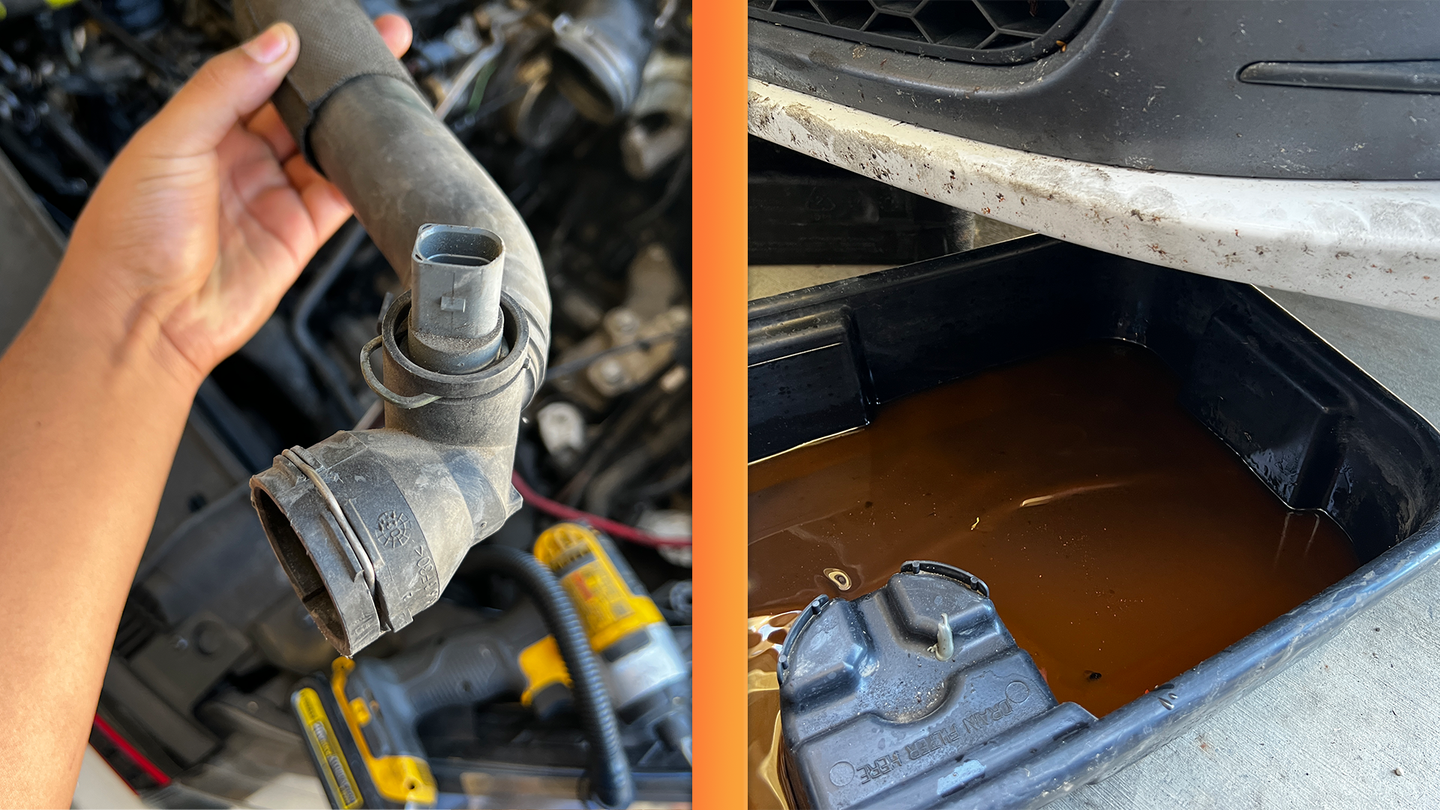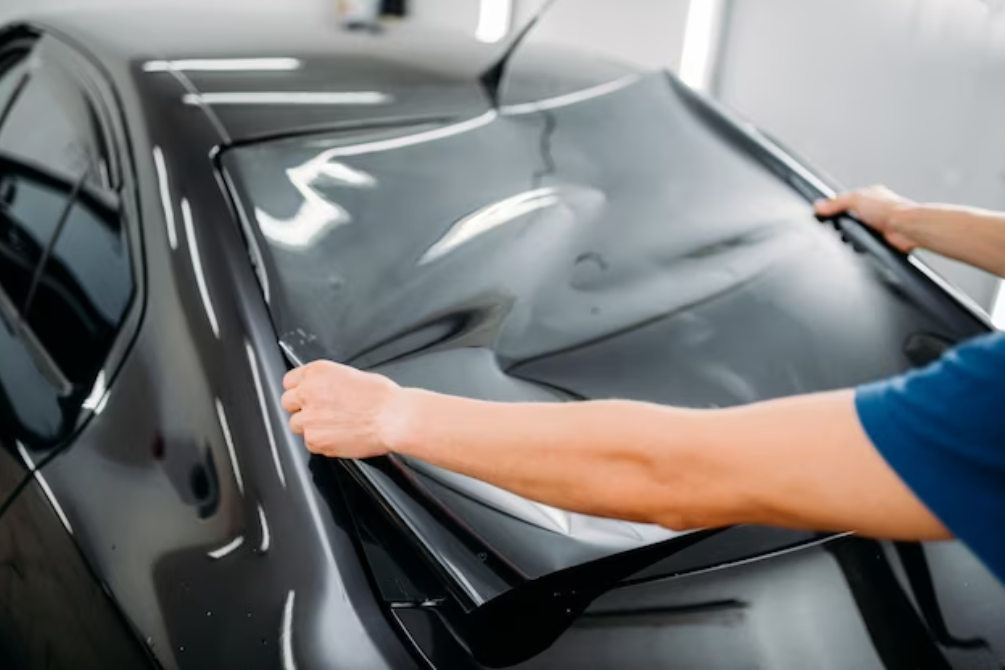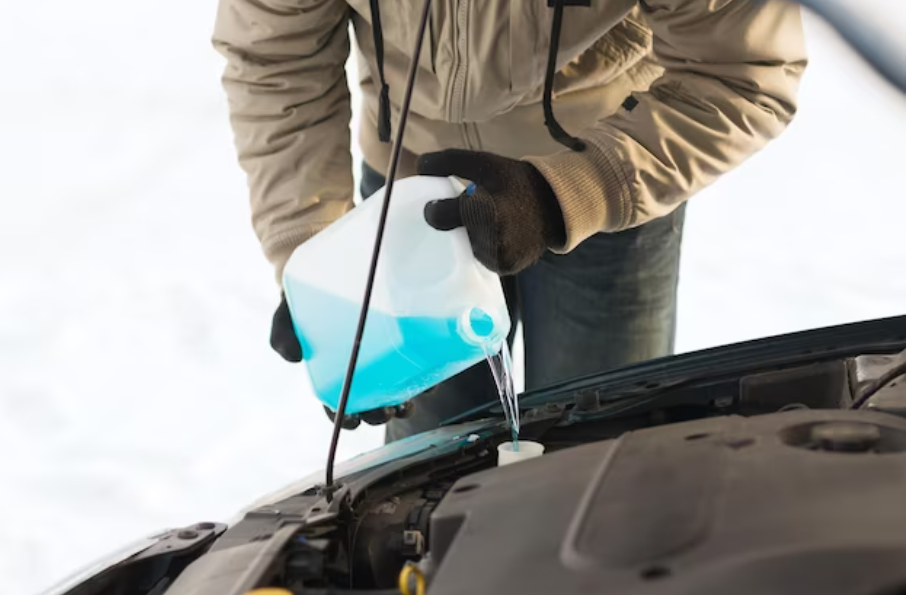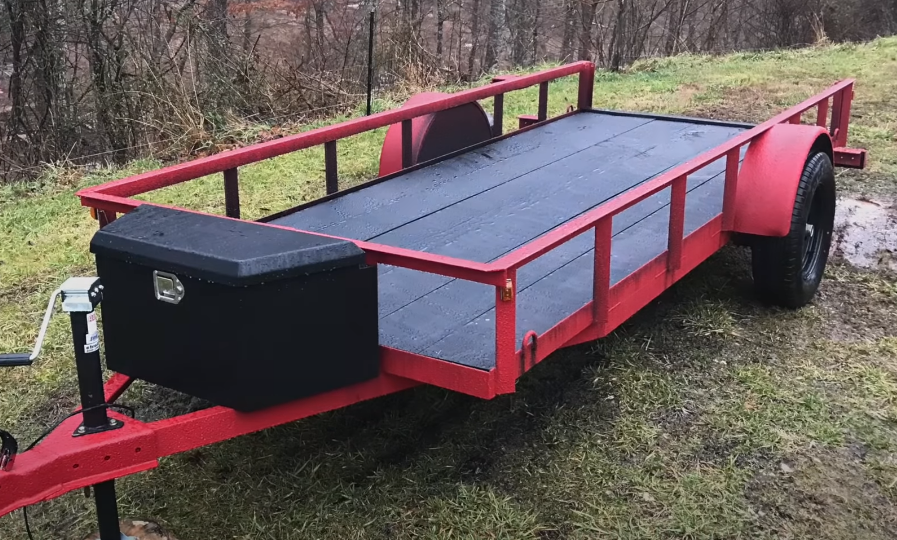How To Flush And Bleed The Cooling System In A Car?
Mastering the art of bleeding a car’s cooling system is essential to preventing potential engine damage. When executed incorrectly, this task can lead to overheating issues caused by air pocket accumulation within the coolant system. Thus, understanding the correct procedure is crucial for maintaining optimal engine health and performance.
If you're eager to learn how to bleed your car’s cooling system effectively and ensure your engine's longevity, continue reading for comprehensive guidance and insights.

What Is The Function Of A Cooling System In A Car?
The cooling system performs three essential functions: dissipating excess heat from the engine, maintaining the engine at its optimal operating temperature for efficiency, and ensuring the engine reaches the correct operating temperature swiftly. These functions collectively contribute to the engine's proper functioning and longevity.

Bleeding removes trapped air, ensuring proper coolant flow. Air pockets, common during coolant replacement or repairs, can cause hot spots and engine damage from overheating. Bleeding involves opening the valve to release air, maintaining coolant levels until purged. It’s crucial for system health, especially after coolant loss from leaks or repairs. Removing air bubbles restores optimal function and prevents heating issues in the cabin.
Incorrectly bleeding your car’s cooling system can result in various issues, including:
1. Overheating: Air trapped in the cooling system can disrupt proper coolant circulation, leading to engine overheating. This can cause severe engine damage, such as cylinder head warping, blown head gaskets, and cracked engine blocks.
2. Coolant leaks: Improper bleeding can cause leaks in the system, leading to coolant loss and subsequent engine overheating, potentially resulting in serious damage.
3. Reduced performance: inadequate cooling system operation can lead to decreased engine performance, characterized by diminished power, acceleration, and fuel efficiency.
4. Corrosion: Trapped air may contribute to corrosion in metal components of the cooling system, leading to leaks and blockages in both the cooling system and other engine parts.

Prepare the cooler.
Ensure your coolant is ready, using the specific type recommended by your manufacturer to prevent engine damage. If using concentrated antifreeze coolant, mix it with equal parts water. Be mindful of the correct ratio, especially in colder climates, to prevent freezing.
Raise the car's front end.
If your radiator's filling cap is located at the front, lifting the front end of the car makes it easier to remove air. This step may not be necessary if your car has an external expansion tank. Always use proper equipment, like a floor jack and jack stands, for safety.

Fill Coolant to Maximum
After raising the front of the car, fill the coolant to the maximum level. If your engine has air bleed valves, open them while adding coolant and close them when coolant drips out. Ensure no coolant spills onto the ground to prevent environmental hazards.
Start the engine.
Start the engine with assistance if needed. Air in the system may cause coolant to be pushed out of the radiator by the water pump upon starting.
Set temperature control to maximum.
Adjust the climate control heat to maximum to ensure proper coolant flow. This step may vary depending on the vehicle but helps prevent coolant flow restriction.
Increase Engine Revs
Have a helper increase the engine's RPMs to 3000–4000 while using a spill tool to prevent coolant spillage. Maintain steady RPMs and monitor coolant temperature to prevent overheating.
Open Bleed Valves
Carefully open the bleed valves while the engine is revved, ensuring the coolant temperature is within safe limits. Close the valves once coolant flows consistently from them, repeating as needed.
Refill the cooler if necessary.
Close the bleed valves, restart the engine, and check and refill the coolant level. Lower the car's front end and continue until the coolant temperature stabilizes at 90°C. Reinstall the radiator cap once done.
Test Drive
Check for leaks after repairs and take a test drive, monitoring coolant temperature closely to avoid overheating. Check all climate control settings for proper functionality.
Recheck the cooling level.
After a smooth test drive with no issues, double-check the coolant level and inspect for leaks. Repeat the process if any anomalies persist.
How long does it take to bleed air from the cooling system?
Typically, it takes 15 to 30 minutes, with heating the engine and draining the coolant each taking about 15-20 minutes.
How do I know if there's trapped air in my cooling system?
Signs include overheating during normal driving, poor heater performance, and decreased engine efficiency.
What happens if there's air in the cooling system?
Air pockets can cause localized engine overheating and costly damage. Regular annual cooling system inspections are recommended to prevent such issues.
How do you fix an airlock in the cooling system?
Identify and repair leaks causing air entry to prevent coolant circulation obstruction and engine overheating.
Should air escape during radiator bleeding?
Open the system, add distilled water, let the car run to facilitate water circulation, then drain after cooling down.
In conclusion, mastering the proper technique for bleeding your car’s cooling system is crucial to avoiding potential engine damage. Incorrect execution can lead to overheating issues caused by trapped air pockets within the coolant system. By understanding and following the correct procedure, you can maintain optimal engine health and performance. If you're eager to ensure your engine's longevity, continue exploring for detailed guidance on effectively bleeding your car’s cooling system.
Click on the following link to read another blog post: How To Install A Boost Gauge?







.png)








